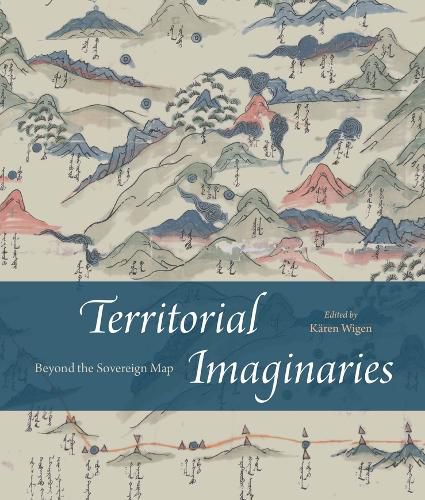Readings Newsletter
Become a Readings Member to make your shopping experience even easier.
Sign in or sign up for free!
You’re not far away from qualifying for FREE standard shipping within Australia
You’ve qualified for FREE standard shipping within Australia
The cart is loading…






Fresh offerings on world mapping beyond Western conventions.
This strikingly colorful volume contends that modern mapping has never been sufficient to illustrate the complex reality of territory and political sovereignty, whether past or present. For Territorial Imaginaries, editor Kaeren Wigen has assembled an impressive slate of experts, spanning disciplines as far apart as political science and art history, to contribute perspectives and case studies covering three main themes: mapping before the nation-state, rethinking and critiquing mapping practices, and robust traditions of counter-cartography.
Each contributor proposes alternative ways to map, supporting their essays with rich archival documentation. Among the far-reaching case studies are Barbara Mundy's cartographic history of Indigenous dispossession in the Americas, Peter Bol's examination of two Chinese maps created five hundred years apart, and Ali Yaycioglu's exploration of tensions between top-down and bottom-up mapping of Habsburg and Ottoman border claims.
$9.00 standard shipping within Australia
FREE standard shipping within Australia for orders over $100.00
Express & International shipping calculated at checkout
Fresh offerings on world mapping beyond Western conventions.
This strikingly colorful volume contends that modern mapping has never been sufficient to illustrate the complex reality of territory and political sovereignty, whether past or present. For Territorial Imaginaries, editor Kaeren Wigen has assembled an impressive slate of experts, spanning disciplines as far apart as political science and art history, to contribute perspectives and case studies covering three main themes: mapping before the nation-state, rethinking and critiquing mapping practices, and robust traditions of counter-cartography.
Each contributor proposes alternative ways to map, supporting their essays with rich archival documentation. Among the far-reaching case studies are Barbara Mundy's cartographic history of Indigenous dispossession in the Americas, Peter Bol's examination of two Chinese maps created five hundred years apart, and Ali Yaycioglu's exploration of tensions between top-down and bottom-up mapping of Habsburg and Ottoman border claims.